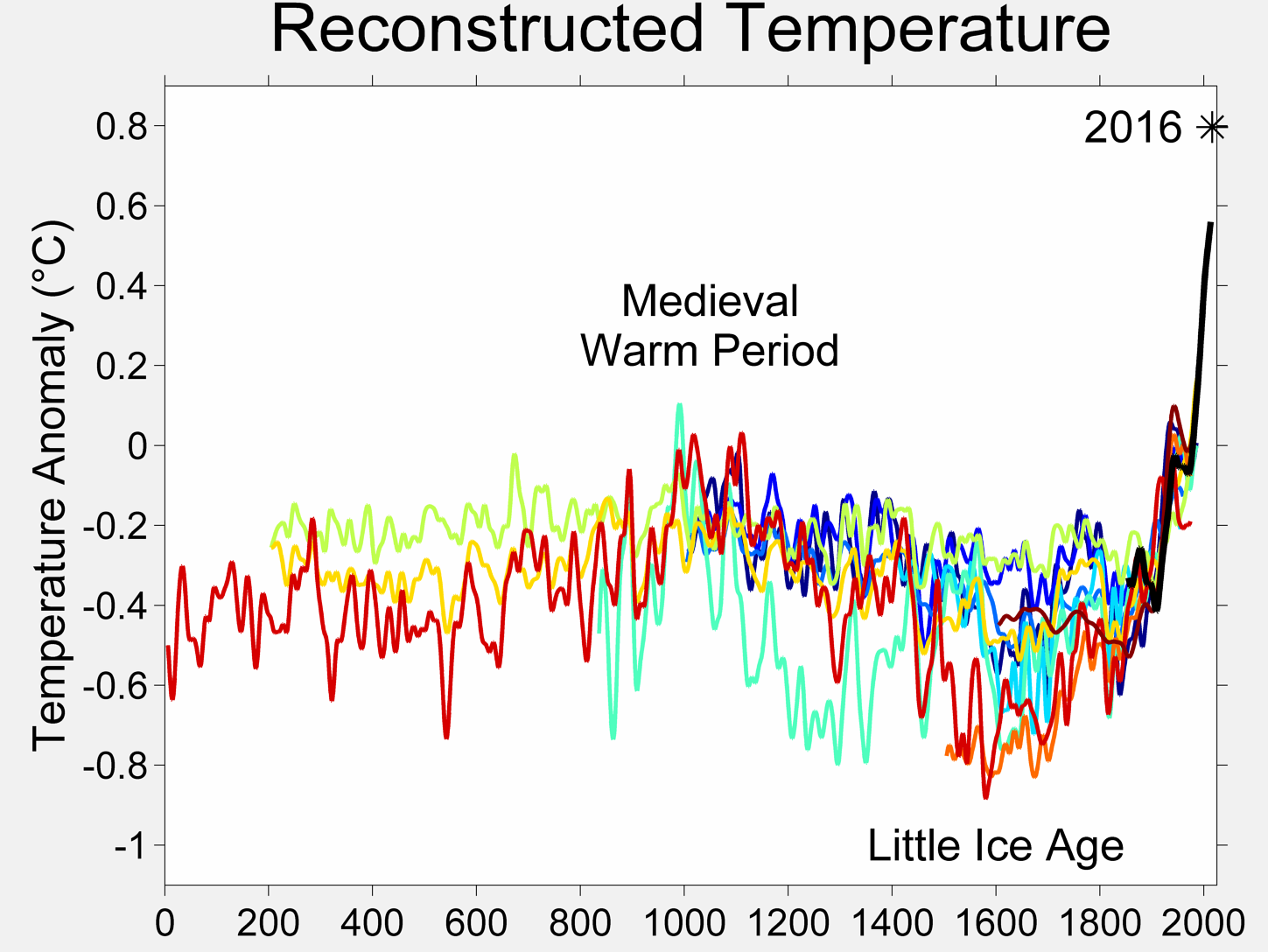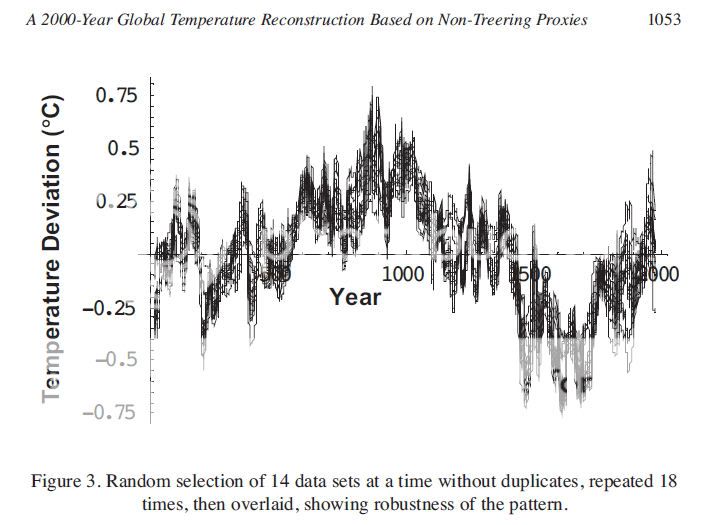jmvizanko
Uber Tool
Ah climate change. That issue that seems to beget more than its fair share of antiscience attitude and lack of scientific understanding, right up there with evolution. What are the facts? 1. The greenhouse effect is a real, observed phenomenon that contributes to the nature of the Earth's climate. 2. Humans have artificially raised the CO2 concentration in the atmosphere by using so many fossil fuels.
That anybody denies the first fact means they might as well denounce the truth of all science. The greenhouse effect is simply a consequence of quantum mechanics, that theory that has given us everything from cell phones to computers. That anybody can observe all the millions of cars driving day in and day out in just their area of the world, and then make the claim that there is no merit behind the observations of our increasing atmospheric CO2, seems equally as ignorant. For anybody with even a basic understanding of physics and chemistry, to believe that these two facts combined can have no effect on the physical processes that make our atmosphere drive our climate must mean they actually don't have a basic understanding of either physics or chemistry.
But what are the actual effects of these two facts? There are many physical variables whose superposition drives what our climate is like. Outside of the greenhouse there is solar output, the reflectivity of sunlight off of clouds and ice, and the negative and positive feedback of plants in response to altered CO2 levels, just to name a few of many. All of these add into a wave of sorts, that varies naturally without any human interaction. But changing any one variable is not likely to be canceled out by the others, and positive feedback can even mean that the opposite happens: they make it worse.
To think that a differing greenhouse effect will not shoot the climate off into a different direction is akin to thinking that throwing a rock into a pond will not cause any waves. Sure there are already waves there, but how likely is it that all the waves from the rock will perfectly cancel each other out? Sure a meteor could hit the pond (analogous to the enormous CO2 increase if say, every supervolcano on earth blew up tomorrow). But we cant plan for such events. So why should we not want to keep the pond in the state it is, considering it has been very conducive for us living for quite some time?
Of course, for even those that understand that the science behind these ideas is valid, there remains much debate about what should be done about it. Surely reducing our use of fossil fuels and replacing them asap will help. But unless everybody dies tomorrow, or we decide to throw out our energy use altogether, the world's immense population means that these goals will not solve the problem fast enough to make a difference. The only real hope lies in being able to directly counter our CO2 output with direct sequestration, and develop energy alternatives as soon as possible. And if we get affordable sequestration methods, at the very least we will be able to cancel out our effect on CO2.
In other words, we need to be throwing as much money and research at these two technologies as possible, if we are serious in wanting to actually cure the problem. It is far enough along that only our technology can save us, and hopefully it can. You might as well not feel too bad about taking that extra long shower, because either we'll find the cure, or our children are screwed.
That anybody denies the first fact means they might as well denounce the truth of all science. The greenhouse effect is simply a consequence of quantum mechanics, that theory that has given us everything from cell phones to computers. That anybody can observe all the millions of cars driving day in and day out in just their area of the world, and then make the claim that there is no merit behind the observations of our increasing atmospheric CO2, seems equally as ignorant. For anybody with even a basic understanding of physics and chemistry, to believe that these two facts combined can have no effect on the physical processes that make our atmosphere drive our climate must mean they actually don't have a basic understanding of either physics or chemistry.
But what are the actual effects of these two facts? There are many physical variables whose superposition drives what our climate is like. Outside of the greenhouse there is solar output, the reflectivity of sunlight off of clouds and ice, and the negative and positive feedback of plants in response to altered CO2 levels, just to name a few of many. All of these add into a wave of sorts, that varies naturally without any human interaction. But changing any one variable is not likely to be canceled out by the others, and positive feedback can even mean that the opposite happens: they make it worse.
To think that a differing greenhouse effect will not shoot the climate off into a different direction is akin to thinking that throwing a rock into a pond will not cause any waves. Sure there are already waves there, but how likely is it that all the waves from the rock will perfectly cancel each other out? Sure a meteor could hit the pond (analogous to the enormous CO2 increase if say, every supervolcano on earth blew up tomorrow). But we cant plan for such events. So why should we not want to keep the pond in the state it is, considering it has been very conducive for us living for quite some time?
Of course, for even those that understand that the science behind these ideas is valid, there remains much debate about what should be done about it. Surely reducing our use of fossil fuels and replacing them asap will help. But unless everybody dies tomorrow, or we decide to throw out our energy use altogether, the world's immense population means that these goals will not solve the problem fast enough to make a difference. The only real hope lies in being able to directly counter our CO2 output with direct sequestration, and develop energy alternatives as soon as possible. And if we get affordable sequestration methods, at the very least we will be able to cancel out our effect on CO2.
In other words, we need to be throwing as much money and research at these two technologies as possible, if we are serious in wanting to actually cure the problem. It is far enough along that only our technology can save us, and hopefully it can. You might as well not feel too bad about taking that extra long shower, because either we'll find the cure, or our children are screwed.
Last edited:


